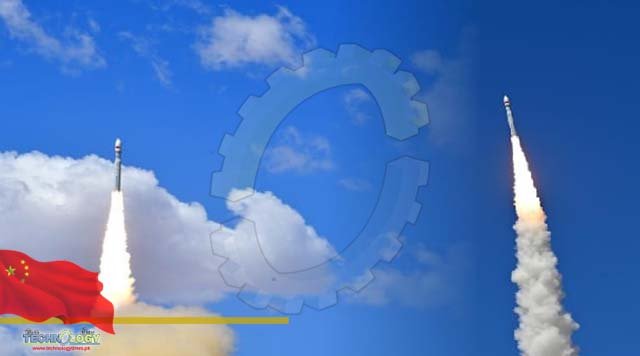Chinese astronomers have released the world’s first collection of large-field X-ray maps of the sky, captured by a small satellite put into orbit last month.

large-field X-ray maps, The Wide-field X-ray Telescope, launched into orbit on July 27 by a solid-propellant-fuelled rocket, is the first large-field X-ray imaging telescope, according to the National Astronomical Observatory of China. After a four-day in-orbit observation, the telescope obtained X-ray images and the energy spectra of many celestial bodies in the Milky Way and beyond. The telescope is equipped with 36 micro-pore lobster-eye lenses and four large-array CMOS sensors, all developed by China, and its field of view stretches to 340 degrees, considerably wider than other similar telescopes.It is an experimental module for the Einstein-Probe satellite that is in the pipeline. A total of 12 WXT modules will be mounted on the new satellite. Einstein-Probe is a mission tasked with discovering celestial bodies that emit X-rays during fierce changes, as well as quiescent black holes with transient high-energy radiation.
The WXT has observed the central celestial region of the Milky Way. The results show that a single glance can detect X-rays from multiple directions, including those from stellar black holes and neutron stars. large-field X-ray maps, The findings are highly consistent with the simulations, scientists said. An X-ray imaging of the famous Cygnus supernova remnant demonstrated that the WXT’s lobster-eye lenses can capture diffuse targets, and that the WXT’s CMOS sensors are able to process high spectral resolutions. The probe further spotted the relatively faint X-ray signals from a quasar 814 million light years away. A quasar is a star-like object that produces bright light and radio waves. The Large Magellanic Cloud near the Milky Way galaxy was also spotted within the WXT’s field of view, according to the NAOC. A pilot run in August indicated that the WXT is operating normally, laying a solid foundation for the Einstein-Probe mission, the NAOC said. Yuan Weimin, chief scientist of the EP mission, who works with the NAOC, said the results are very exciting and attest to the instrument’s capability in obtaining quality scientific data. The WXT was co-developed by the NAOC and the Shanghai Institute of Technical Physics of the Chinese Academy of Sciences. The NAOC released the data during the China Space Science Assembly held in Taiyuan, capital city of Shanxi province, which concluded on Sunday.
Source: This news is originally published by chinadaily